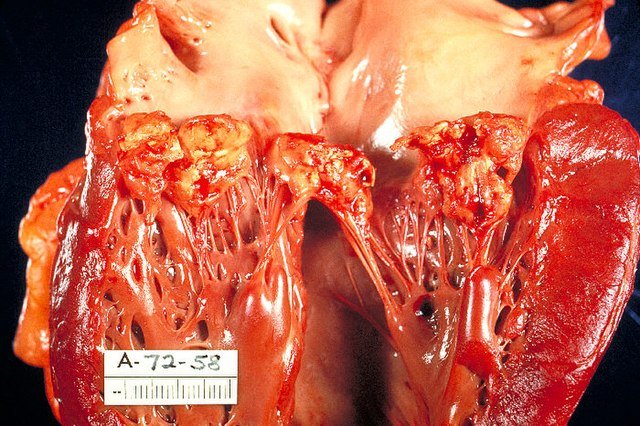Echocardiography, commonly referred to as an “echo,” stands as a pivotal diagnostic tool in cardiology, providing detailed insights into the heart’s structure and function. Utilizing high-frequency sound waves, this non-invasive imaging technique offers real-time visualization of cardiac chambers, valves, and blood flow dynamics. However, alongside its imaging capabilities, the echocardiography report plays a significant role in guiding clinical decision-making and ensuring effective patient care.
The versatility of echocardiography lies not only in its diagnostic capabilities but also in the depth of information it provides. A comprehensive echocardiography report encompasses visual observations alongside quantitative measurements of cardiac parameters such as dimensions, ejection fractions, and Doppler assessments. Such documentation serves as a valuable resource for healthcare providers, offering a baseline for comparison in subsequent evaluations.
In the context of cardiac health, timely intervention often holds the key to favorable outcomes. Here, the echocardiography report serves as a vital tool, aiding in the initial diagnosis of conditions such as coronary artery disease, valvular disorders, and cardiomyopathies. Moreover, it facilitates ongoing monitoring of disease progression and treatment response, enabling clinicians to adjust therapeutic strategies as needed.
Furthermore, beyond its clinical utility, the echocardiography report contributes to research and education in cardiovascular medicine. These reports provide valuable data for scientific studies, driving advancements in the field. Additionally, they serve as educational resources for healthcare professionals, supporting continuous learning and skill development in echocardiography interpretation.
In summary, while echocardiography remains indispensable in cardiac imaging, the comprehensive echocardiography report plays a crucial role in optimizing patient care. Through detailed documentation and analysis, these reports empower clinicians to make informed decisions, track disease progression, and tailor treatment strategies accordingly. As such, prioritizing thorough echocardiography reporting ensures the delivery of high-quality care to patients with cardiovascular conditions.

Disclaimer: Funded by the European Union. Views and opinions expressed are however those of the author(s) only and do not necessarily reflect those of the European Union or European Innovation Council and SMEs Executive Agency. Neither the European Union nor the granting authority can be held responsible for them.

